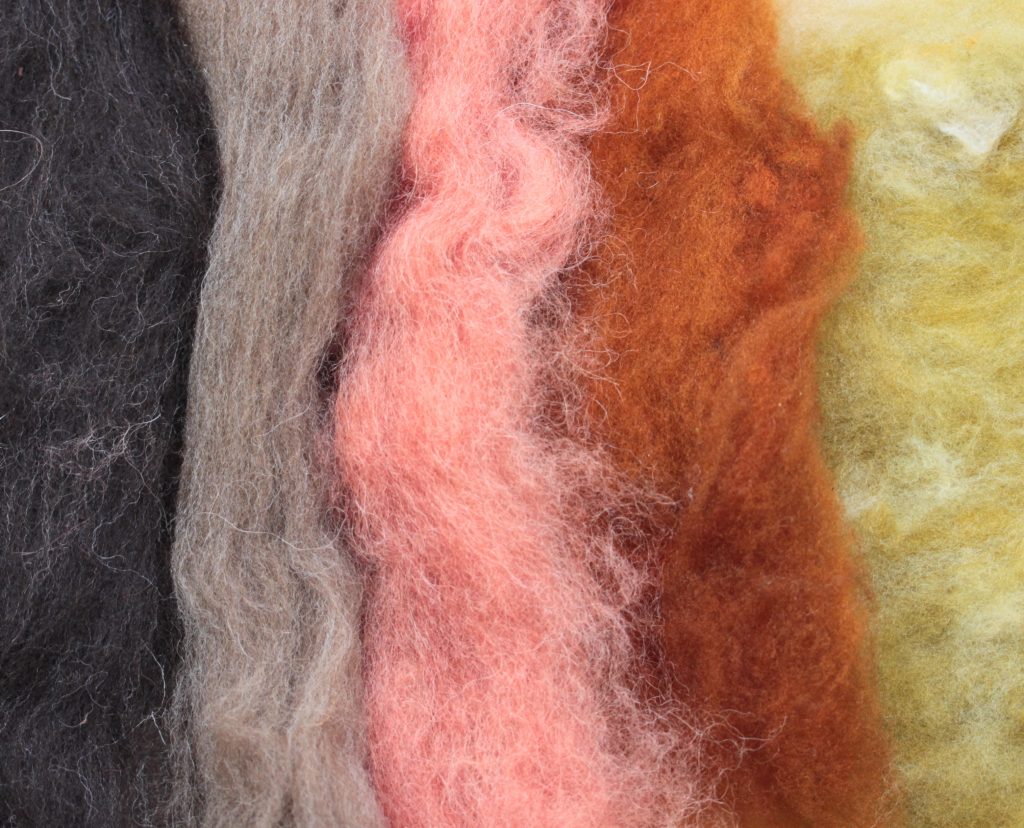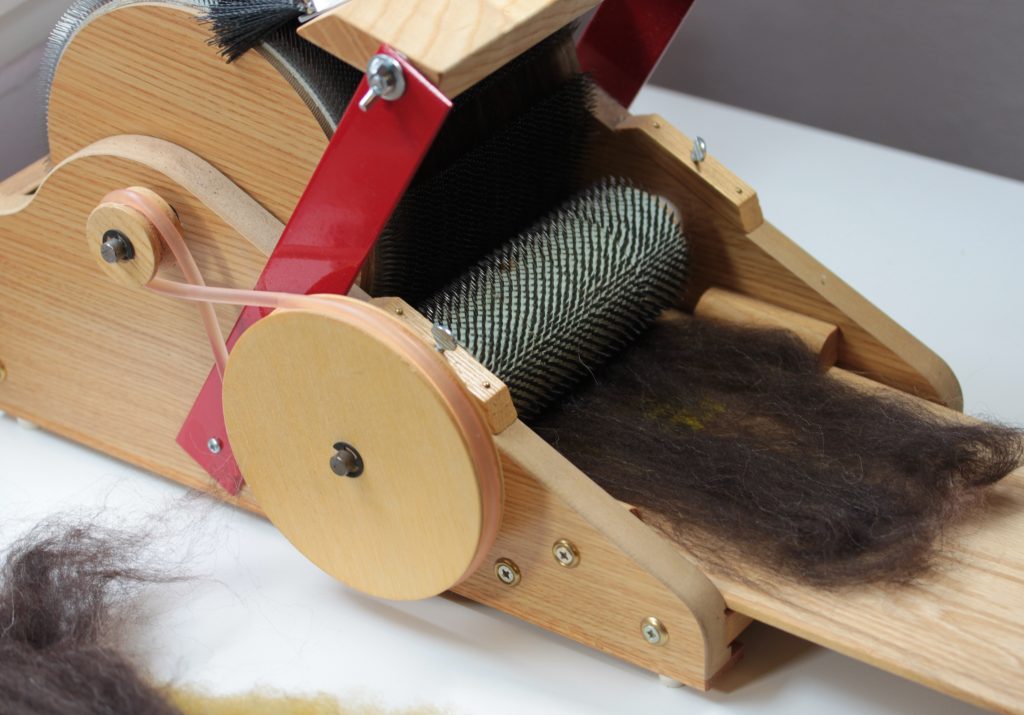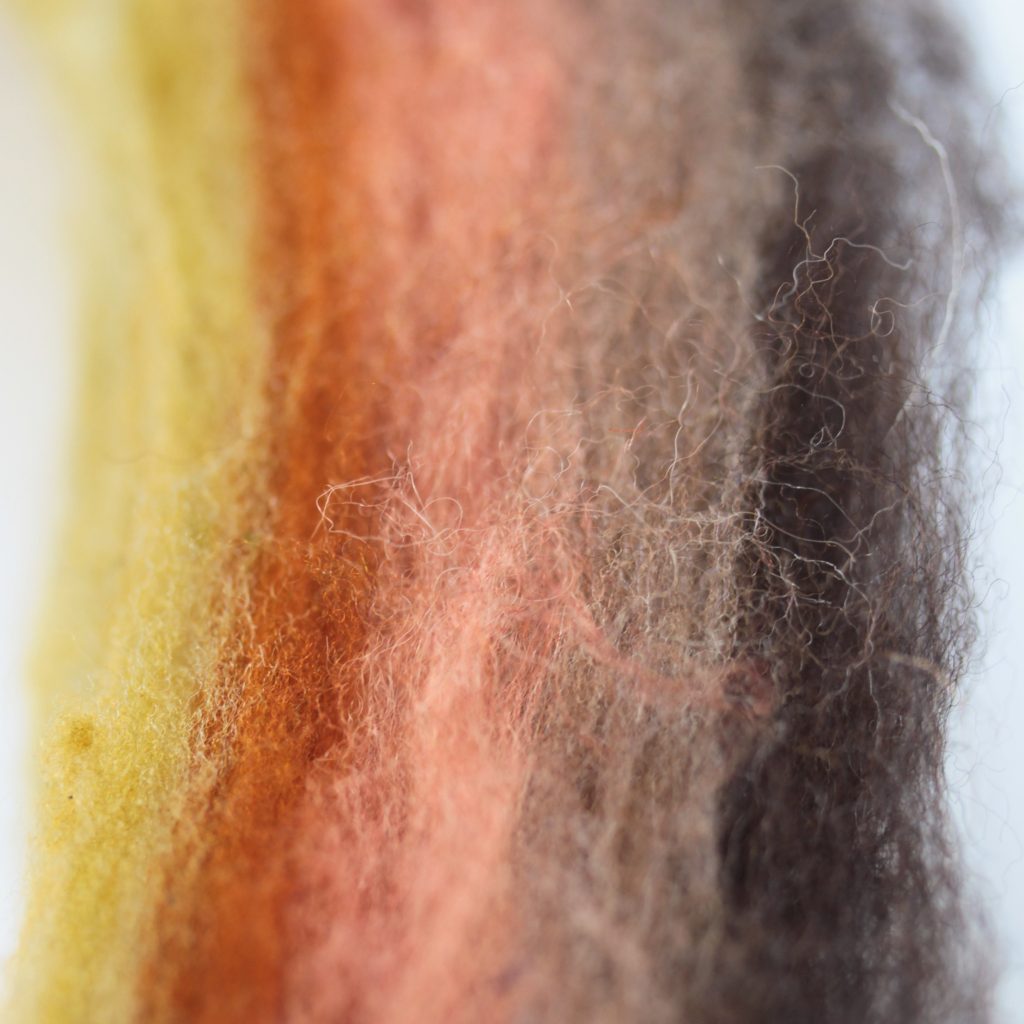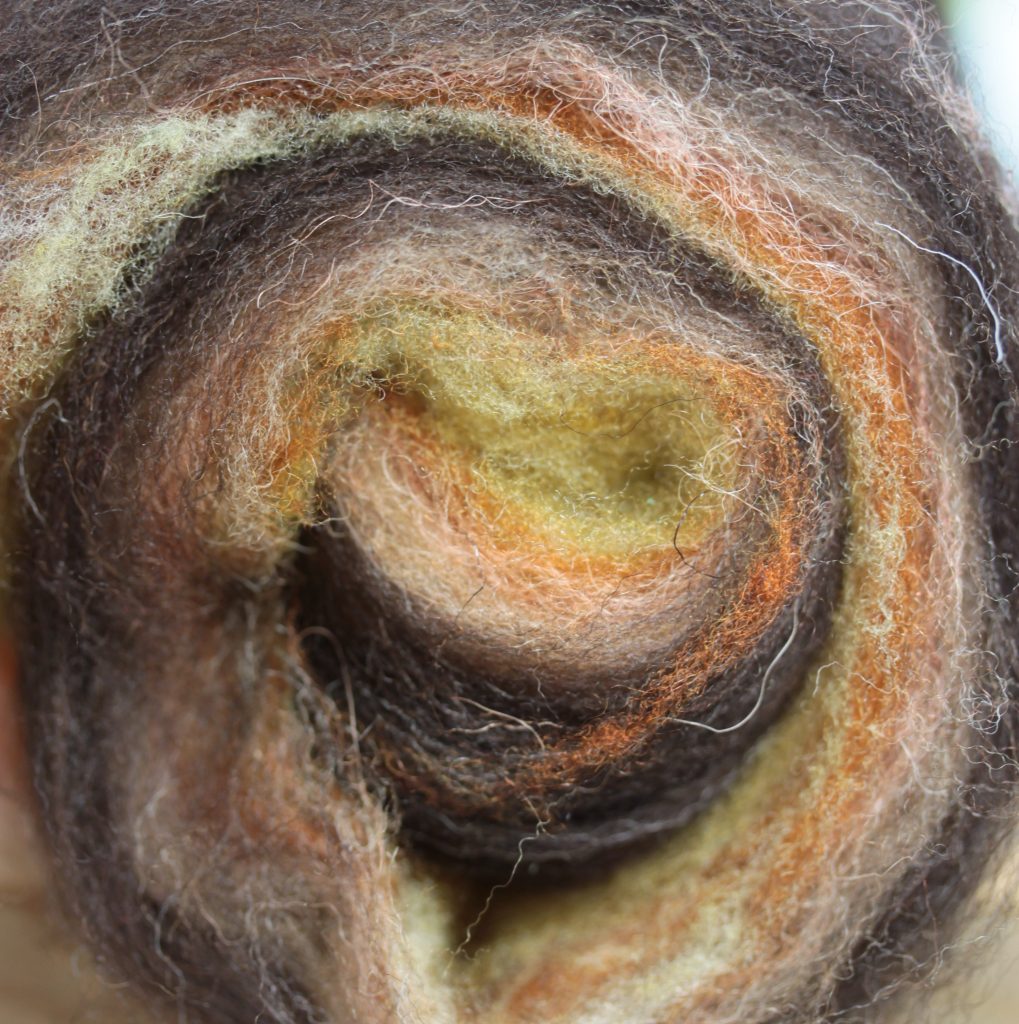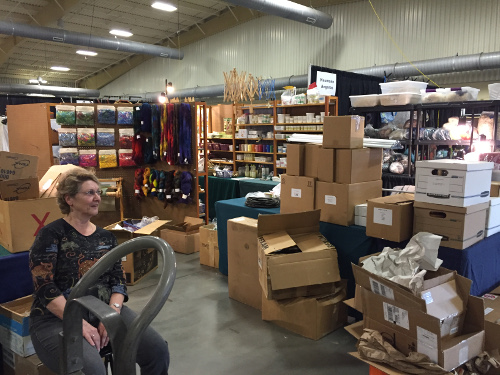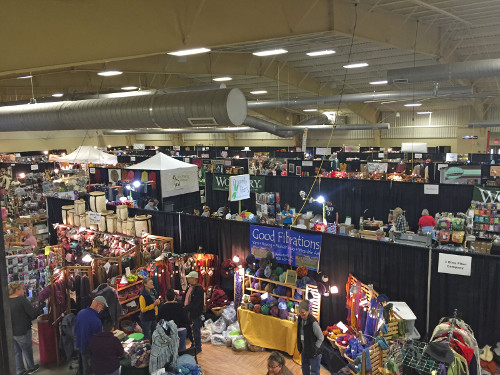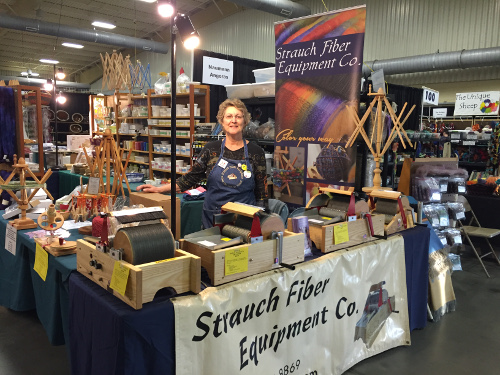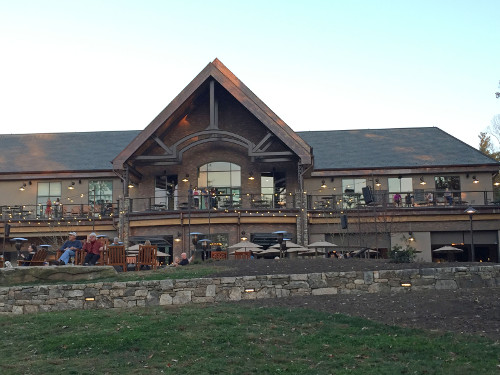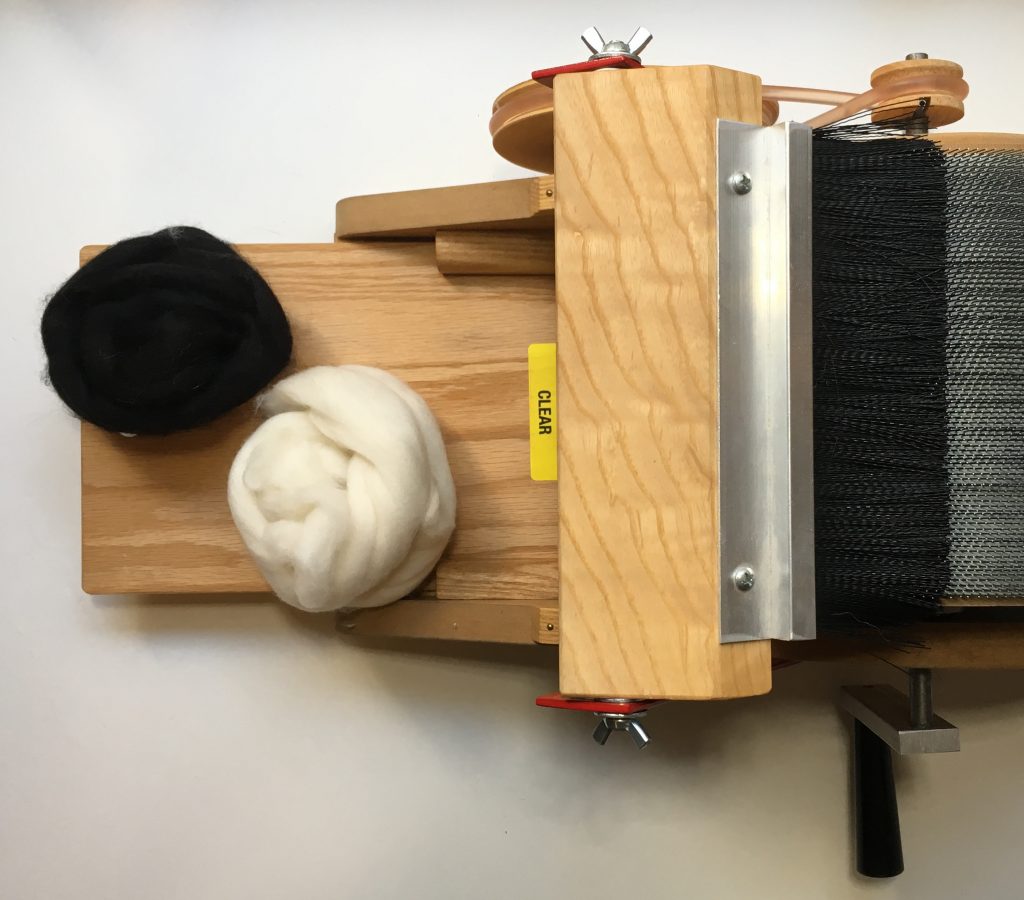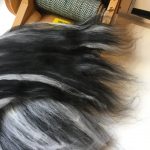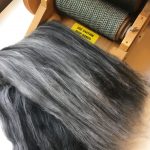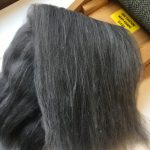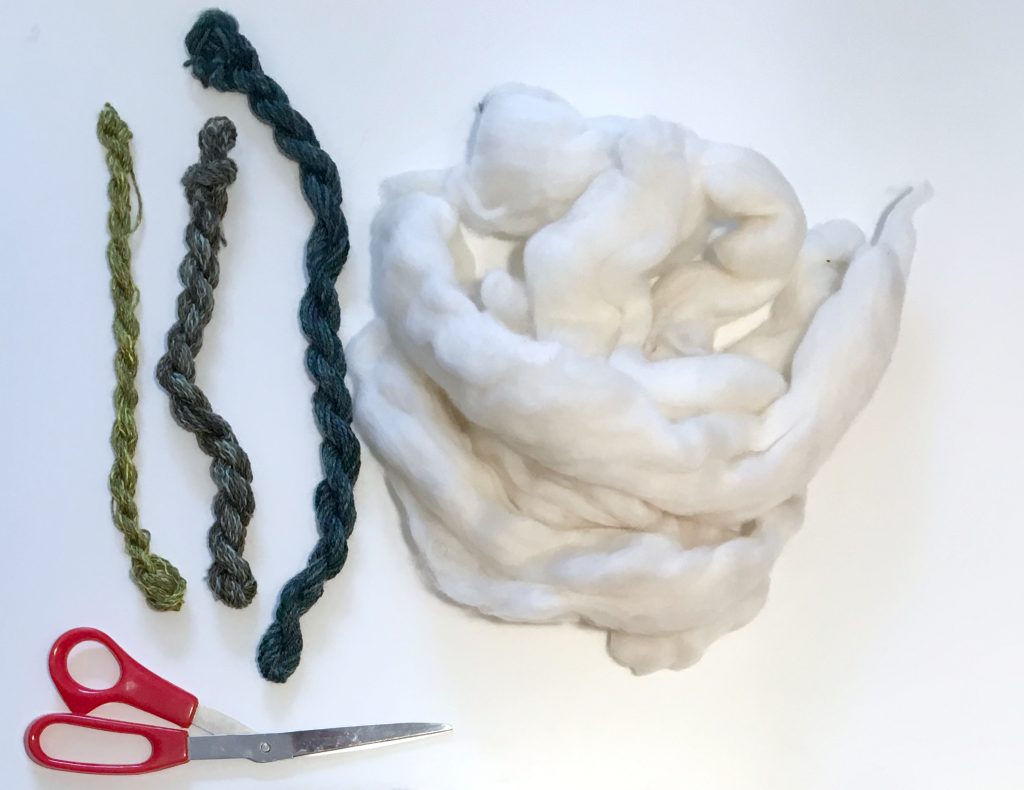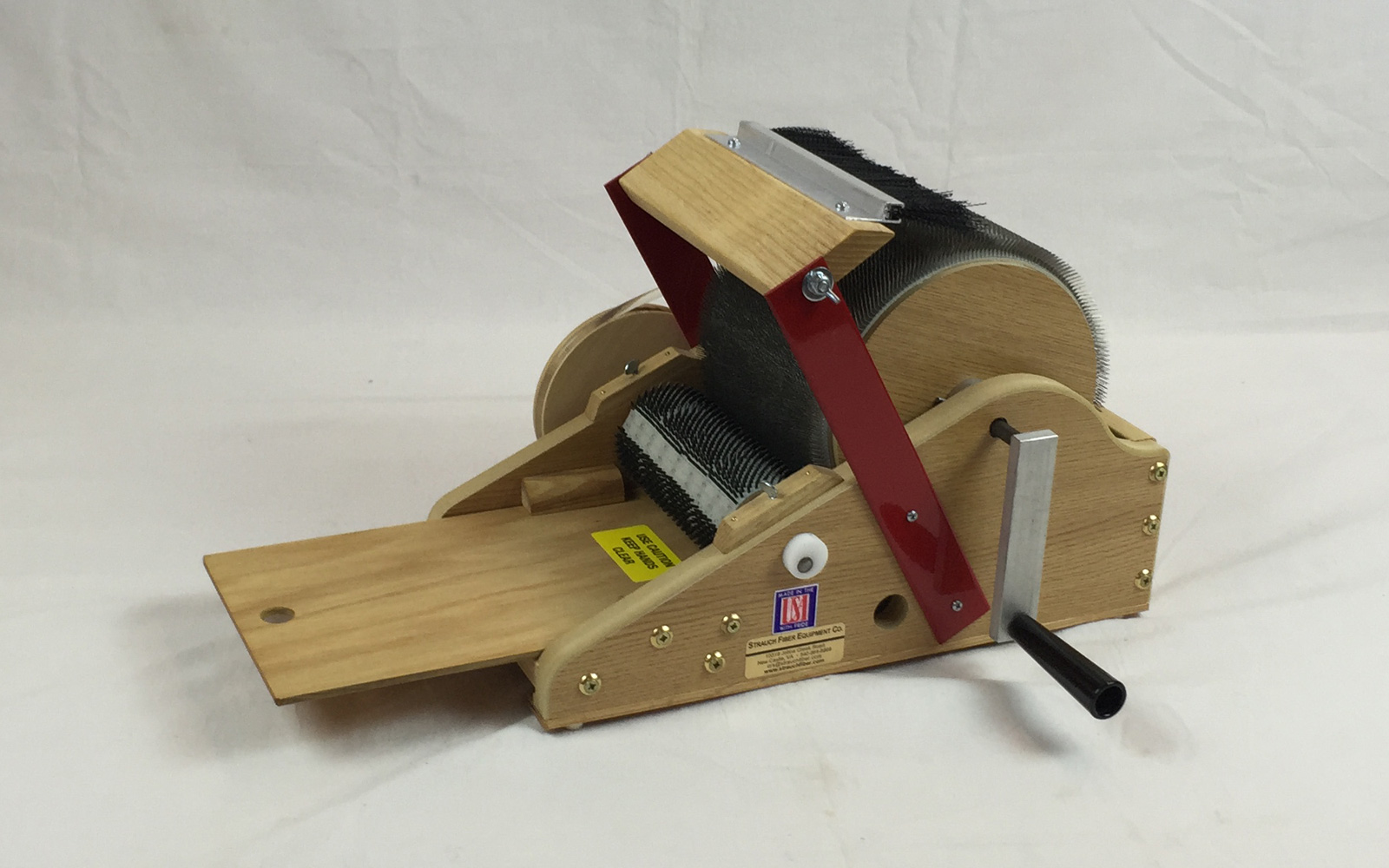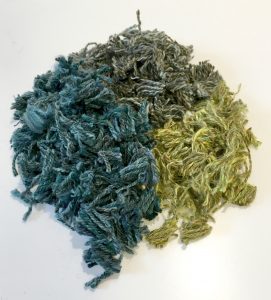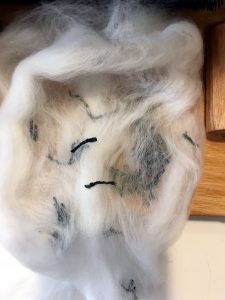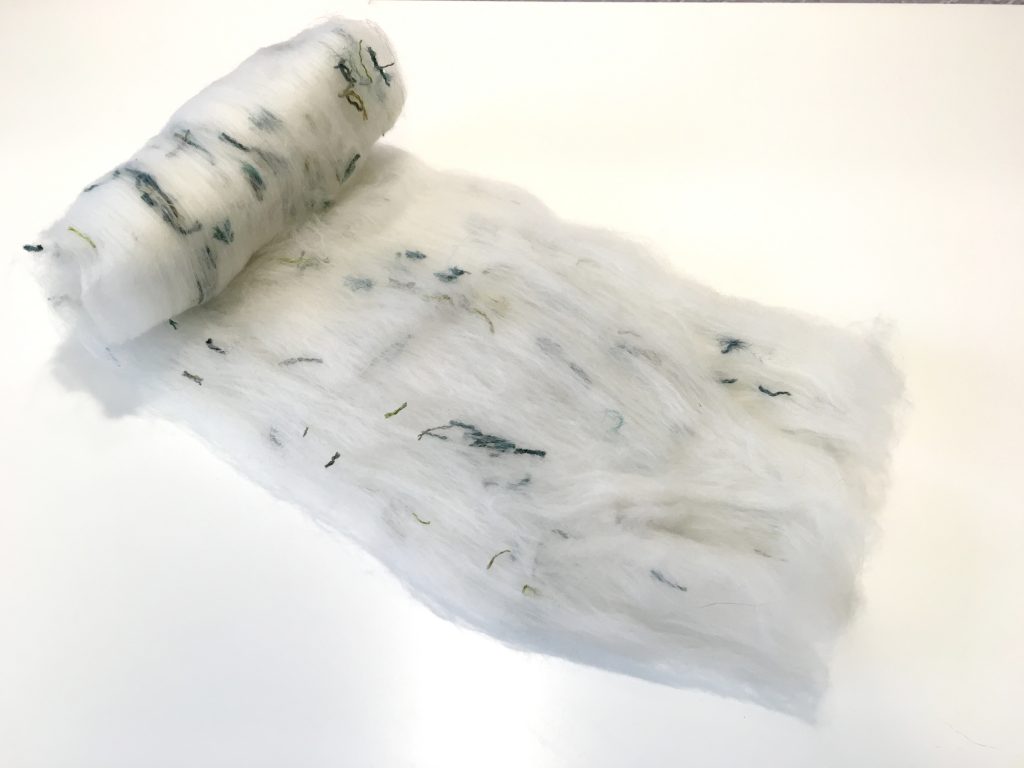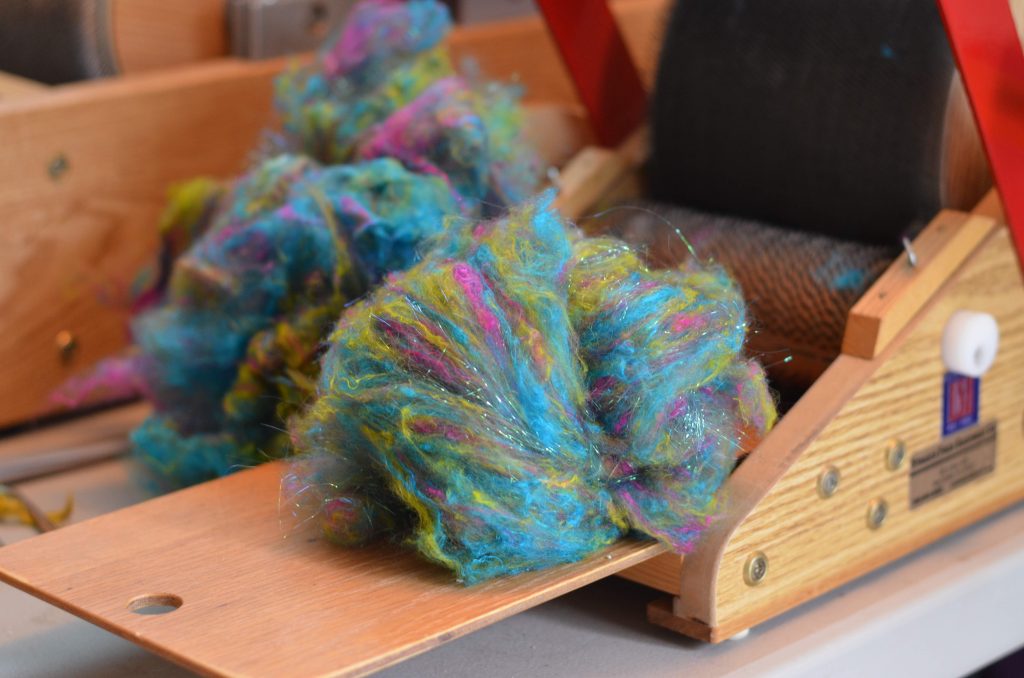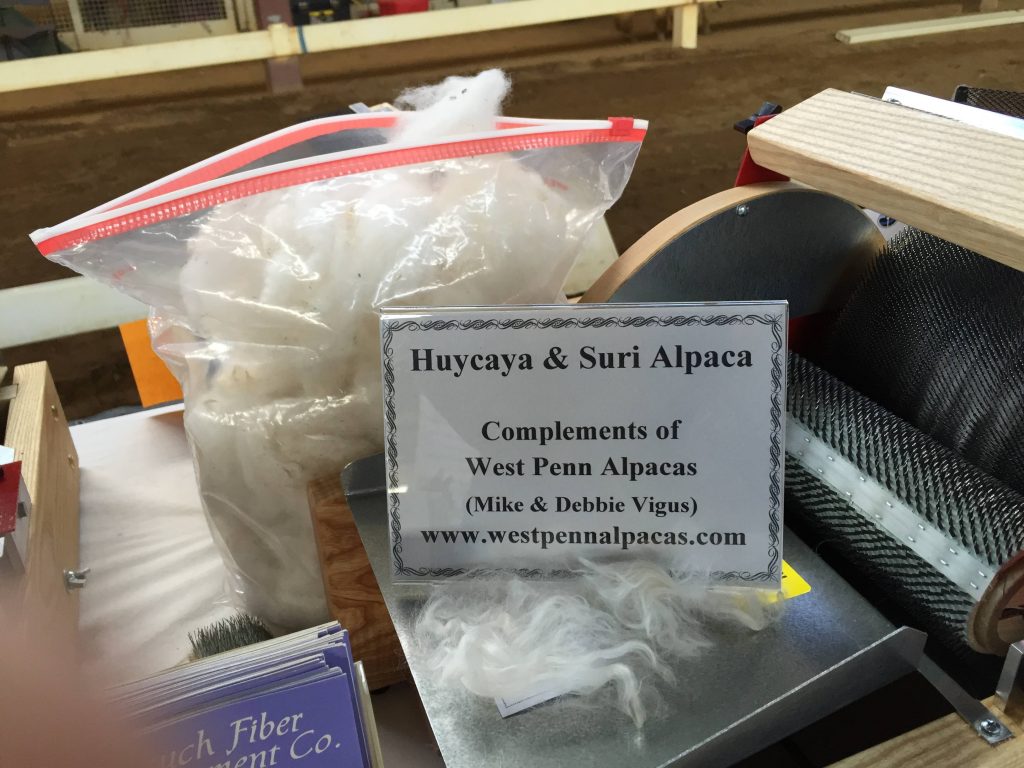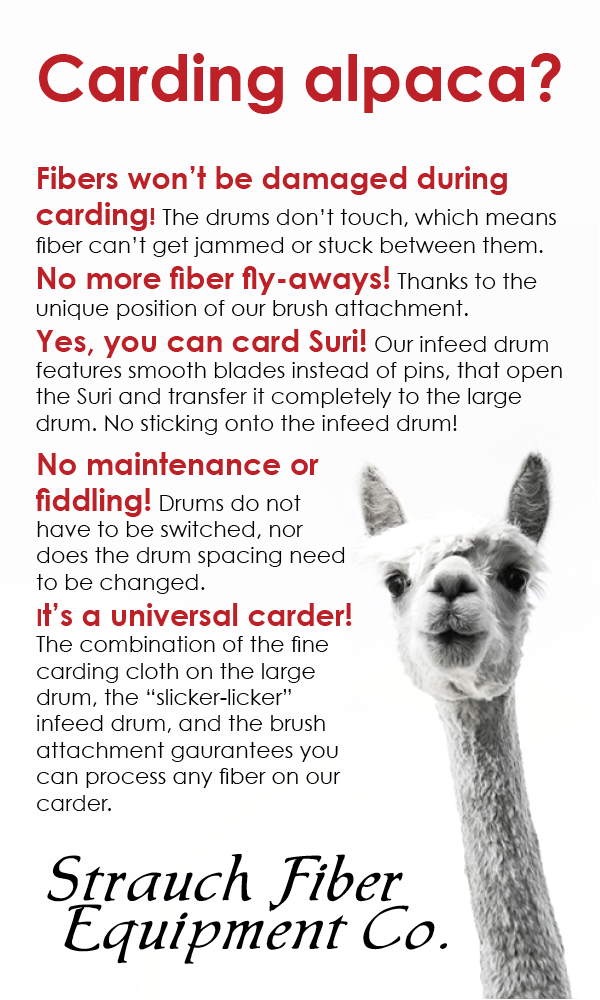During Spinzilla, it can be easy to think that time is getting away from you. With only 7 days to spin as much yarn as you possibly can, it can feel daunting to get everything done. Here are 6 tips to maximize your yardage during Spinzilla.
1. Plan what you want to spin
This may seem limiting at first, but it’s only for a week’s worth of time. Spinzilla is great for big projects. Are you carding a special blend of fiber for a sweater project? Perfect! Spin that and only that for the week. Choosing one fiber/prep style will make it easier on you during the week, as you’ll get used to spinning that particular yarn. Remember, spinning and plying counts, so it doesn’t hurt to ply your yarn as you go. This will give you skeins of finished yarn at the end of the week!
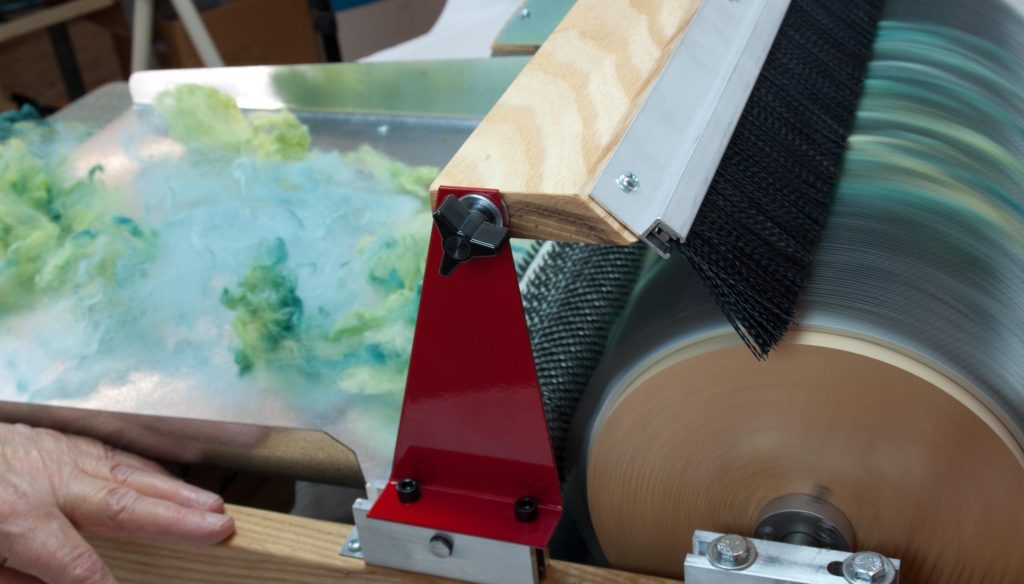
2. Plan how much fiber you’ll need
It’s easy to think “Oh I will have enough fiber to last me the week.” However, it can be surprising how much fiber you can blow through during a week of non-stop spinning! Here’s how to figure out what you’ll need.
Look at your week and figure out how much time you plan to be spinning during the course of the competition.
If you have an hour to spare before Spinzilla starts, sit down at your wheel (or spindle) and measure how many ounces you can spin during that hour.
Here’s an easy formula to calculate how much fiber you will need during Spinzilla.
How many ounces you will need for the week = X (measured in ounces)
Time it takes to spin 1 oz of fiber = (Y measured in ounces/hr)
How much time you’ll have to spin during spinzilla = (Z measured in hours)
X = Y * Z
X = .75 oz/hr * 30 hrs
X = 22.5 ounces of fiber needed for the week of spinning.
Buy this much fiber and some extra so you don’t need to rush and get more fiber during the week.
3. Prep your fiber before Spinzilla starts
Read our previous post, on how to prepare your fiber beforehand to maximize your spinning time. The right prep equipment is essential to make sure that you get the best fiber preparation. This blog post has a bunch of great ideas on how to prep certain fibers for the best results!
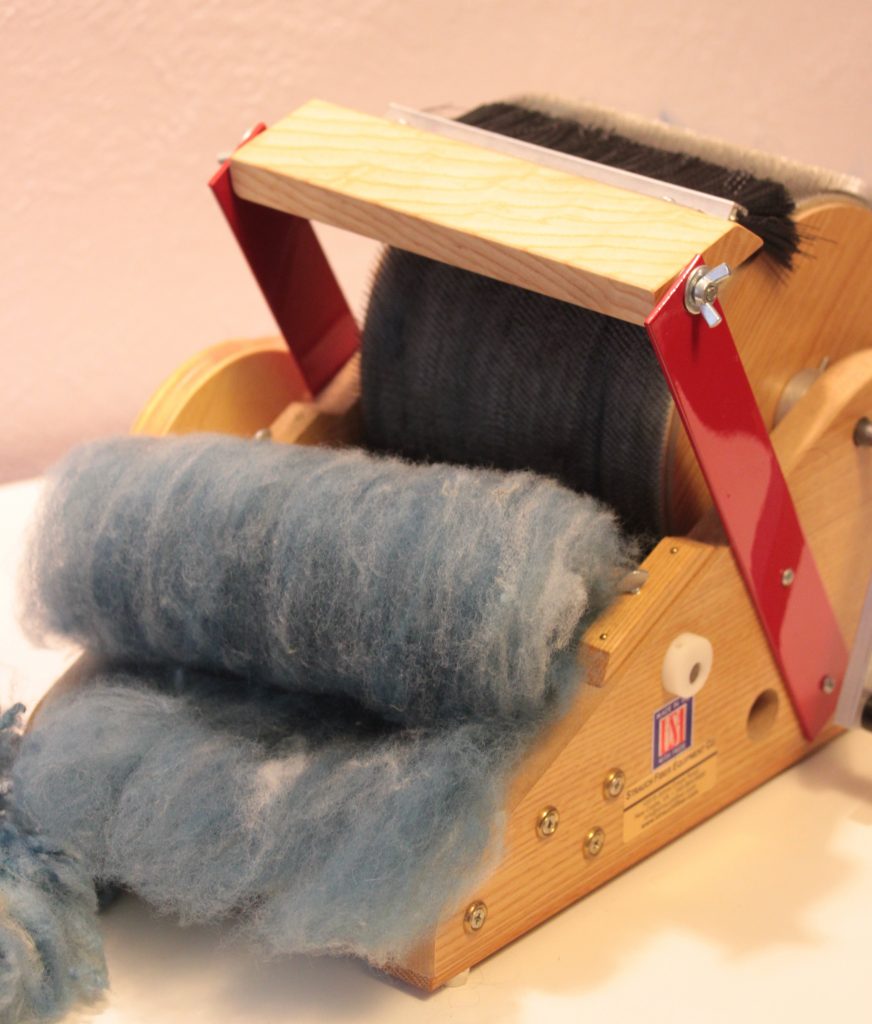
4. Schedule your spinning time
This may sound a little intense, but like many things in life, if you don’t make time for it, it won’t happen. This also helps people who need to balance spinning with other life-essentials like family events, work, eating… etc. Post a small calendar for the week marking off your spinning time. If you don’t have a ton of time with your current schedule, think about waking up 15 minutes earlier or staying up 15 minutes later and spin. Spinning is a great meditative way to wake up or prepare for sleeping. It’s low impact and quiet, perfect for those times of day that need a bit more mindfulness.
5. Spin with friends
As anyone who has ever had evening with friends knows, time can go by in an instant without your knowledge. Often times we can actually accomplish more when we are having a good time, and a little friendly competition during spin-night isn’t the worst way to bump up your yardage.
6. Take care of yourself
Though this is number 6 on the list, it may be the most important. Be sure to take frequent breaks, and take the time to stretch your hands. A helpful guide can be downloaded from the Woolery here. If you injure yourself with a repeated stress injury (RSI) during the week, then it makes the whole competition a moot point. Take care of yourself so you can spin more!
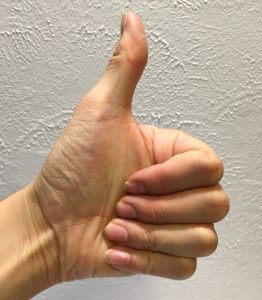
These 6 tips are just a few of the ways you can maximize your spinning time during Spinzilla. What are some of your favorite ways to manage your time? Share them with us on Facebook and Instagram!

